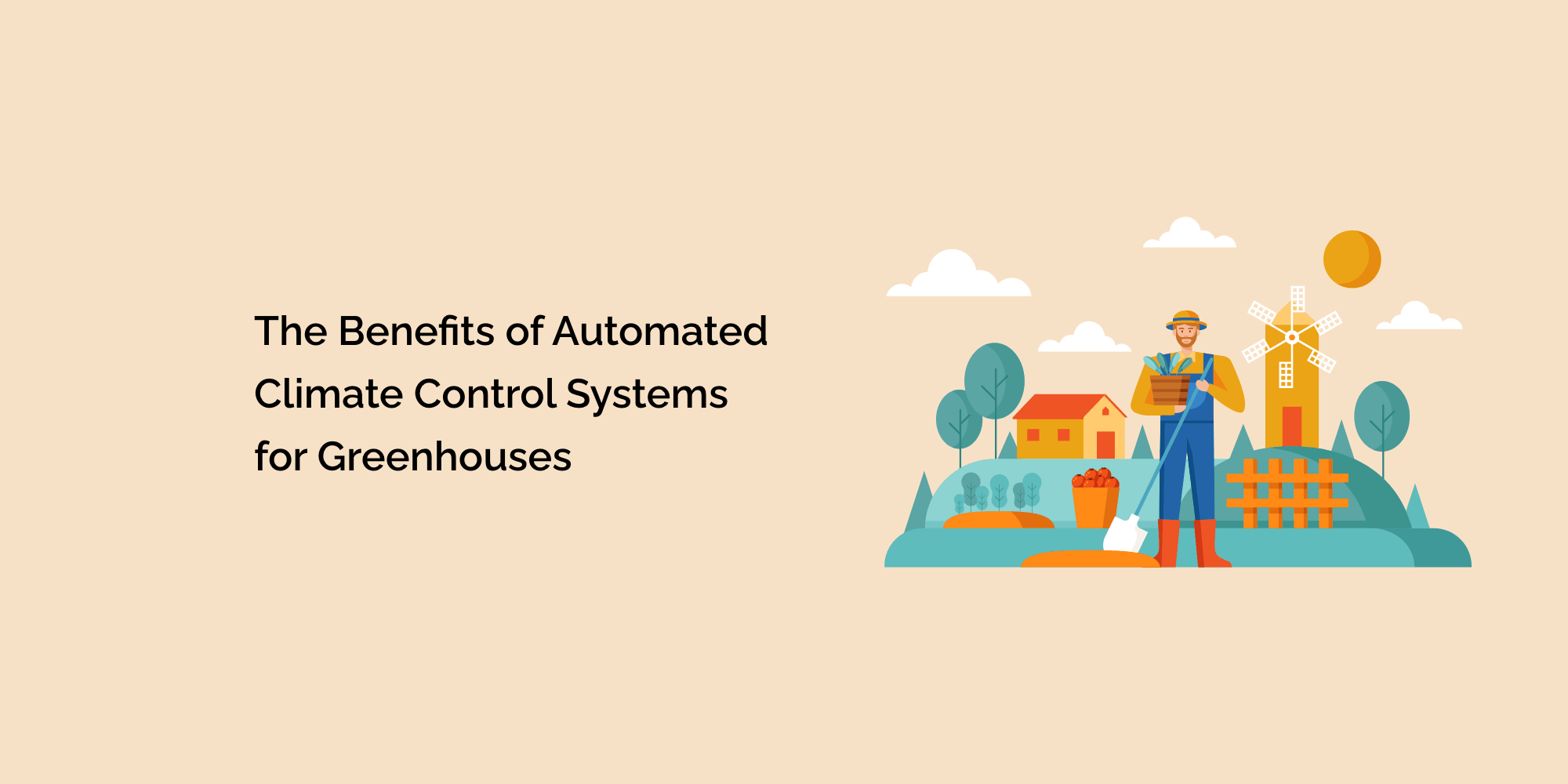In the realm of modern agriculture, greenhouses stand as a testament to our ability to harness nature and create optimal growing conditions for a plethora of plants.
As technology continues to evolve, the integration of automated climate control systems in greenhouses is proving to be a game-changer.
In this blog, we'll delve into the myriad benefits of these advanced systems and how they're revolutionizing greenhouse cultivation.
1. Introduction to Automated Climate Control
Automated climate control systems are a combination of various sensors, devices, and software that work in tandem to monitor and adjust the internal conditions of a greenhouse.
From temperature and humidity to light levels and CO2 concentration, these systems ensure that every parameter is meticulously managed.
2. Precision and Consistency
a. Accurate Monitoring:
- Automated systems provide real-time data with high accuracy, ensuring that plants are always in their ideal environment.
b. Eliminate Human Error:
- Manual adjustments can sometimes lead to oversight or errors. Automation ensures consistent conditions, 24/7.
3. Time and Labor Efficiency
a. Reduced Manual Intervention:
- With systems taking care of adjustments, there's a significant reduction in the time and labor required for monitoring and manual tweaking.
b. Remote Monitoring:
- Many advanced systems allow for remote access, enabling gardeners to oversee and control greenhouse conditions from anywhere.
4. Enhanced Plant Growth and Yields
a. Optimal Conditions:
- By maintaining the perfect environment, plants can grow faster, healthier, and produce higher yields.
b. Reduced Stress:
- Plants are sensitive to abrupt changes. Automated systems ensure gradual adjustments, reducing plant stress.
5. Energy and Resource Efficiency
a. Smart Resource Utilization:
- By monitoring conditions and making precise adjustments, automated systems ensure optimal use of resources like water, heating, and cooling.
b. Cost Savings:
- In the long run, efficient resource utilization can lead to significant cost savings on utilities and supplies.
6. Improved Pest and Disease Management
a. Consistent Conditions:
- Many pests and diseases thrive in specific conditions. By maintaining a stable environment, the risk of infestations or outbreaks is reduced.
b. Early Detection:
- Some advanced systems come with pest and disease detection capabilities, alerting gardeners to potential issues before they escalate.
7. Scalability and Adaptability
a. Easy Expansion:
- As your greenhouse operation grows, automated systems can be easily scaled up to cater to larger spaces.
b. Adaptable to New Technologies:
- Modern systems are designed to integrate with newer technologies, ensuring your greenhouse remains at the forefront of agricultural innovation.
8. Peace of Mind
With an automated system in place, gardeners can rest easy knowing that their plants are in good hands. Even in their absence, the greenhouse environment remains consistently ideal.
Conclusion
Automated climate control systems are not just a luxury but a necessity for modern greenhouses aiming for optimal productivity and efficiency.
As we continue to push the boundaries of agricultural technology, these systems stand as a beacon, highlighting the harmonious blend of nature and innovation.
For those passionate about cultivation, embracing automated climate control is not just a choice; it's the path to a flourishing, sustainable future.








